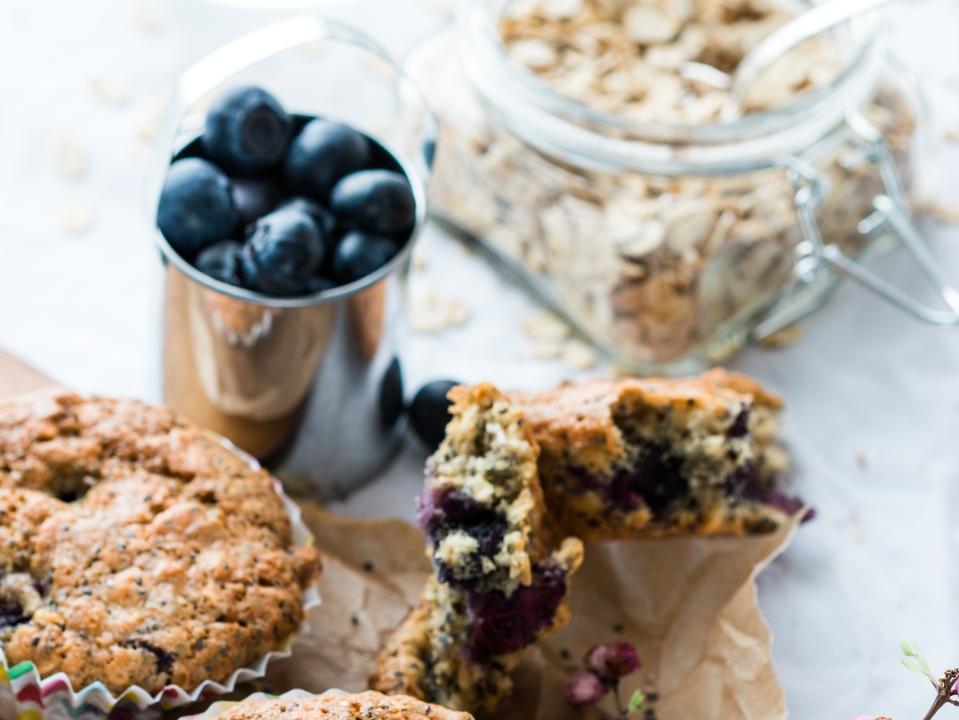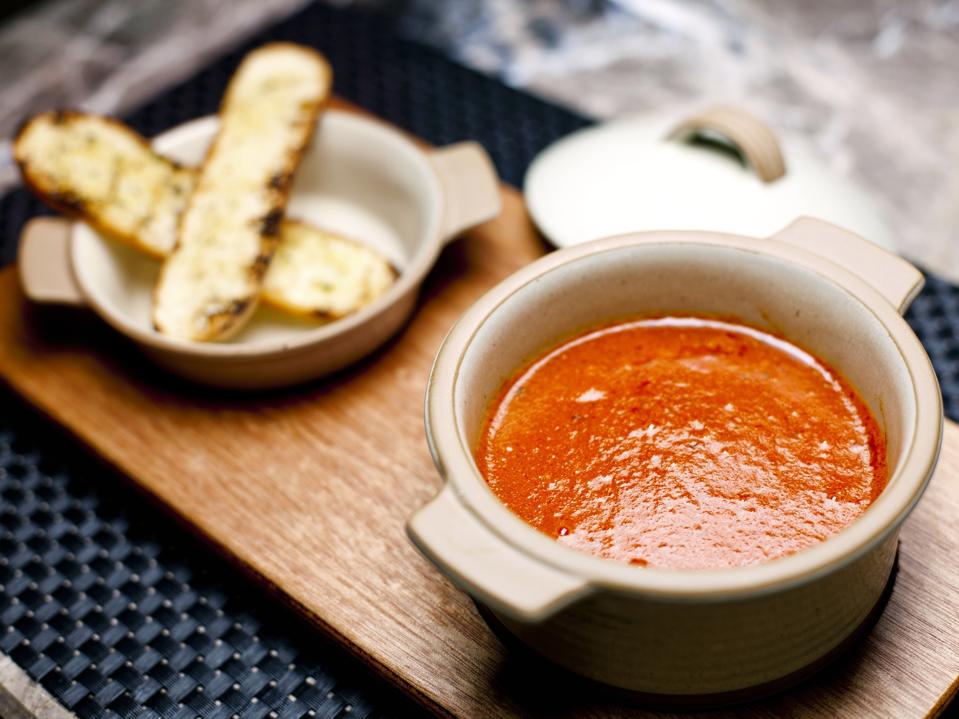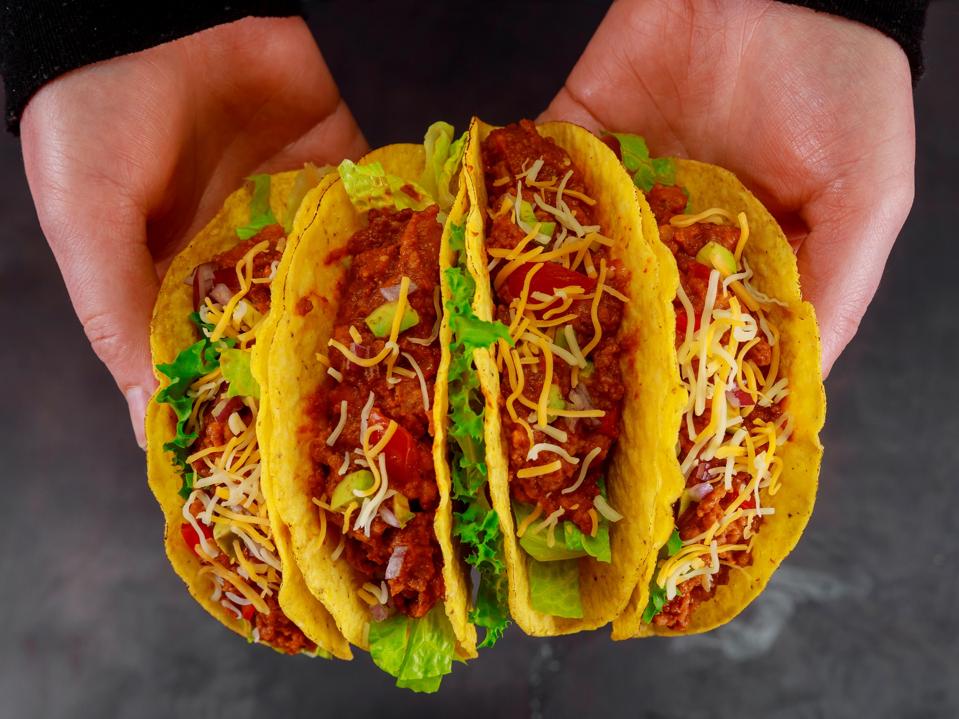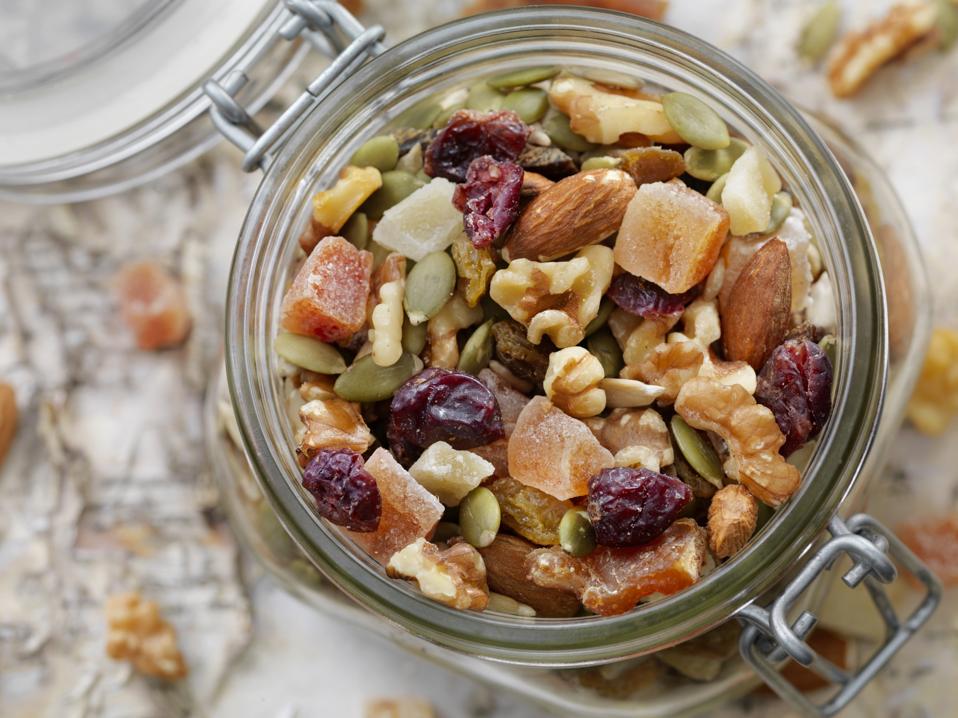If you’re expecting extreme weather, its normal to panic… Especially if you want to feed your family nutritious meals, knowing that there may be loss of power and water for an indefinite period.
The Federal Emergency Management Agency (FEMA) recommends keeping at least three-days worth of non-perishable food at home. But if you are plant based and want to keep healthy, where do you begin?
To start off, you’ll need a healthy shopping list with items that have a long shelf life and don’t need to be cooked. Your list should include ready-to-eat meals, bread products, crackers, canned goods (including healthy proteins such as chickpeas, black beans, lentils and coconut milk for sparing use if you want to make a sauce), non-perishable spreads (such as nut or seed butter, salsa and tapenades), dried fruits, applesauce, nuts, seeds, dried spices, shelf-stable plant milk (sold in aseptic boxes), breakfast cereal, oats, shelf-stable lime juice, stevia (or other sugar-free natural sweeteners), and of course water (approximately a gallon per person for seven days).
Take note of these healthy tips when shopping for non-perishable items.
Look for foods with few and simple ingredients and try to limit the amount of salt, sugar and saturated fat that you consume. The American Heart Association
AHA
When buying canned veggies or legumes, look for “no added salt” or “low sodium” on the label (less than 100 mg). For canned fruit, look out for “no added sugars” and inspect ingredients for sweeteners such as juices, syrups, molasses and honey. Canned in 100% juice or water are your best options. Take note also, when inspecting cans, that the sterility of the ingredients in a can can become compromised if there are dents on the seam of the can.
When buying shelf stable food, avoid synthetic additives and preservatives where ever possible. Look out for these near the end of ingredient lists, as they are typically found in smaller quantities. Some of the more common preservatives include Benzoic acid, Calcium Sorbate, Erythorbic Acid, Potassium Nitrate and Sodium Benzoate.
Finally, remember that if there is a power outage, you’ll want to eat the perishables in your refrigerator first. Start with your fresh fruits and vegetables. If the doors of your fridge stay closed, food can stay safe for only about 4-hours in a full fridge, and 2 days in a full freezer.
Below are some creative ideas for delicious and healthy plant-based hurricane meals.
Healthy Hurricane Breakfast
Pancake-Oatmeal Muffins
These muffins are two breakfast items in one! The only catch is that they require advance preparation before the storm. Simply get a box of pancake mix (you can use a vegan option such as Otherworld Pancake & Waffle Mix which is made of fruits and veggies and upcycled ingredients), some oats and some frozen/ fresh berries or dried fruit, add some water to make a batter and bake in a muffin or cupcake tray. If you want to add some protein, toss in some walnuts or chia seeds. Store in a freezer bag and enjoy a healthy breakfast or snack, no electricity required.
Fruit and oat muffins made from pancake mix, oats and fruit
Healthy Hurricane Lunch
Tomato Soup With White Beans and Pesto Toast
For this recipe, combine a can of tomato soup with white beans and sun dried tomatoes and as a delicious side, you can add wholegrain crackers with pesto sauce.
For the tomato soup, try Dr. McDougall’s, which in addition to being vegan, is gluten-free and only 115 calories per serving with 8 grams of fiber and 7 grams of protein, or Imagine Foods Garden Tomato Creamy Soup, which is gluten-free, organic and low sodium. Each serving provides two grams of protein and two grams of fiber.
For crackers, try Mary’s Gone Crackers Organic Everything Super Seed which has 11% of your daily value of fiber per serving, is minimally processed, and has 3 grams of protein, and zero grams of sugar per serving, or Lundberg Family Farms Organic Lightly Salted Wild Rice Cakes, which are also minimally processed and very low in sodium with 2 grams of protein per serving.
For a pesto sauce, you can either buy a vegan brand such as Mr. Organic, or you can prepare the ingredients beforehand and combine them when you are ready to eat. If you opt for the latter, stock up on pine nuts and walnuts (which you can toss in the food processor and store in a container before the storm), olive oil, powder garlic, lemon juice, nutritional yeast, a jar of basil, a jar of parsley, water and salt and pepper.
Tomato soup and grilled bread with pesto
Healthy Hurricane Dinner
Vegan Tacos
Vegan tacos provide the perfect opportunity to make use of the fresh vegetables that have remained in your fridge during a power outage. If you don’t have any fresh vegetables, make use of a canned vegan chili sauce— most vegan chilis contain beans as the primary ingredient instead of meat. If you have vegan cheese in your fridge, you can sprinkle some on top.
For vegan taco shells, try Garden of Eatin’ or 365 by Whole Foods Market
WFM
Healthy vegan chili tacos
Healthy Hurricane Snacks
For healthy hurricane snacks, you can’t go wrong with seeds, granola gars, trail mix, nuts, dark chocolate, pretzels or dried fruit. Given that nuts and seeds are high in calories, portion size should be controlled. You should also be very discerning when picking up a bag of trail mix at the supermarket, as these are frequently loaded in salt and sugar and even multi-colored chocolates. A great choice of trail mix with a healthier balance of ingredients is Enjoy Life Seed & Fruit Mix Mountain Mambo which is full of seeds and dried fruits, with 2 grams of fiber and 4 grams of protein per serving, and has low salt and sugar content… When making a choice among dried fruit, be on the look out for peaches. They contain 34% of your daily vitamin A needs, 18% of daily iron, 6.5 grams of fiber and also contain potassium, niacin and copper. Though a rare find, if you can get your hands on dried lychees, they pack a nutritional punch with 2.5 times your daily allowance of vitamin C, 3.2 grams of protein and 4 grams of fiber. Finally, vegan dark chocolate is an excellent snack-time option, with fiber, magnesium, and many other nutrients, as well as a surprisingly long shelf life. You can even combine a few of the snack items above and make your very own trail mix.
Healthy home made trail mix using dried fruits, nuts and seeds
When trying to decide what foods to buy at the supermarket before a storm, remember to think nutrition, convenience and shelf life. The best foods are healthy, contain little or no moisture, are not temperature sensitive and don’t need to be cooked. If you have time on your hands, you might even want to consider dehydrating or pickling your own food to preserve its shelf life in advance of a hurricane…




